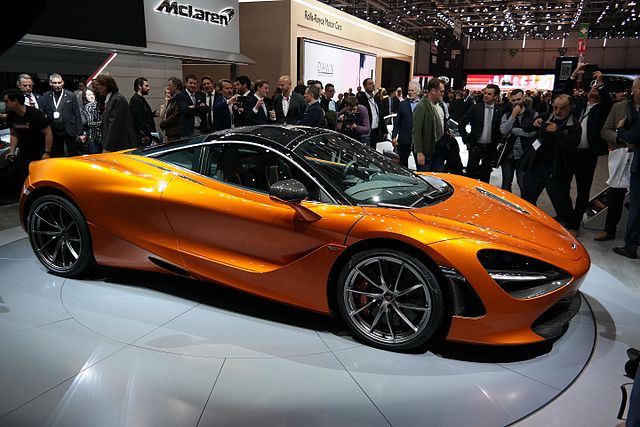How Fuel Injection Systems Work
In the old days, internal combustion engines used carburators to vaporize the gasoline going into the cylinders. This system worked out fine for decades but during the 1950s the major automobile manufacturers started experimenting with injecting gasoline directly into engines as a way to gain more accurate fuel delivery. The original systems were mechanical but soon gave way to electronic-based systems. Today, all fuel injection systems are electronic. Ever wonder how they work? We spoke to the service manager at Ames Ford in Ames, IA, a full service Ford and Lincoln dealer, and got a complete lesson in fuel injection technology.
How they operate
When you turn the key on in your car, the main ECU sends a signal to the fuel pump relay which energizes the fuel pump for a few seconds. Sometimes you can hear the fuel pump kick on (a humming sound) when you turn your key. Once the fuel pump is on, it forces fuel from the gas tank to the fuel pressure regulator, then to the fuel filter, then onto the fuel rail. Keep in mind, that the gasoline at this point is under some 35-50 PSI pressure.
Once the fuel enters the fuel rail, it is distributed to the fuel injectors. They won’t inject any fuel into the engine yet because they are controlled by the engine control computer which sends an electronic signal to each injector when fuel is needed. The amount of fuel injected is controlled by the length of time the signal remains on for each fuel injector. This signal will vary depending on the conditions the car is being driven under, either idling, cruising, or under acceleration
To identify which cylinder needs the fuel, the engine control computer (ECU), receives the information from two sensors. The first sensor is the crankshaft position sensor, it is usually located on the front of the engine in the timing cover near the crankshaft pulley. The second is the camshaft position sensor which sends a signal letting the computer know what position the valves are in.
Lots of sensors
The amount of fuel that is injected into the engine is controlled by the ECU. The ECU controls this delivery by monitoring a many other sensors. Ready for the list? The mass air flow sensor (MAF) tells the computer how much air is being pulled into the engine. The mass air pressure (MAP) sensor the map sensor lets the computer know how much vacuum the engine has. The air temperature sensor lets the computer know the temperature of the air entering the engine. The coolant temperature sensor lets the ECU know what the temperature of the engine is. The throttle position lets the ECU know how much you are accelerating. The oxygen sensor lets the computer know how much oxygen is leaving through the exhaust system. If you need to learn more about oxygen and temperature sensors, you may wish to do some research online on company websites such as Temp-Pro, or similar websites, to find what you are looking for.
And every car is different
These are the most common parts used in vehicles with electronic fuel injection but, of course, every make and model varies. Regardless of how the system is designed, they all accomplish the same thing. They maintain the right combination of air and fuel being combusted while keeping pollution levels to a minimum.





